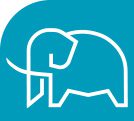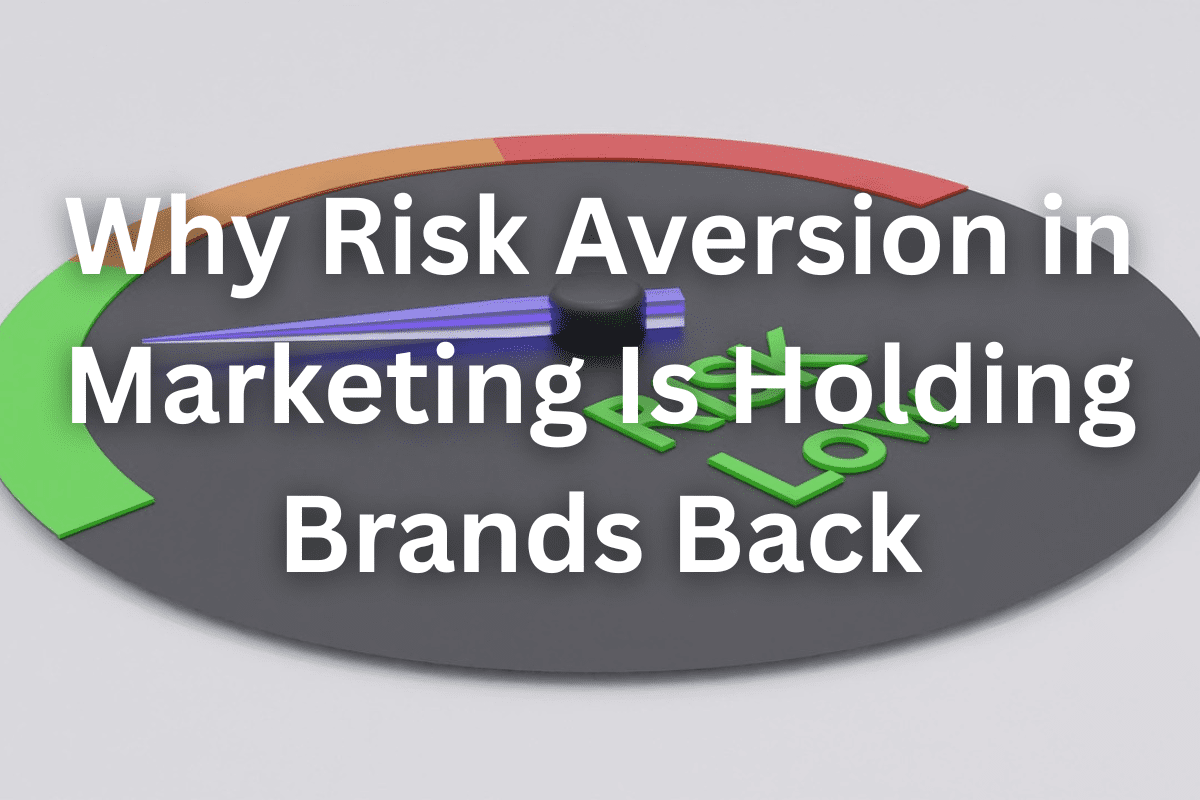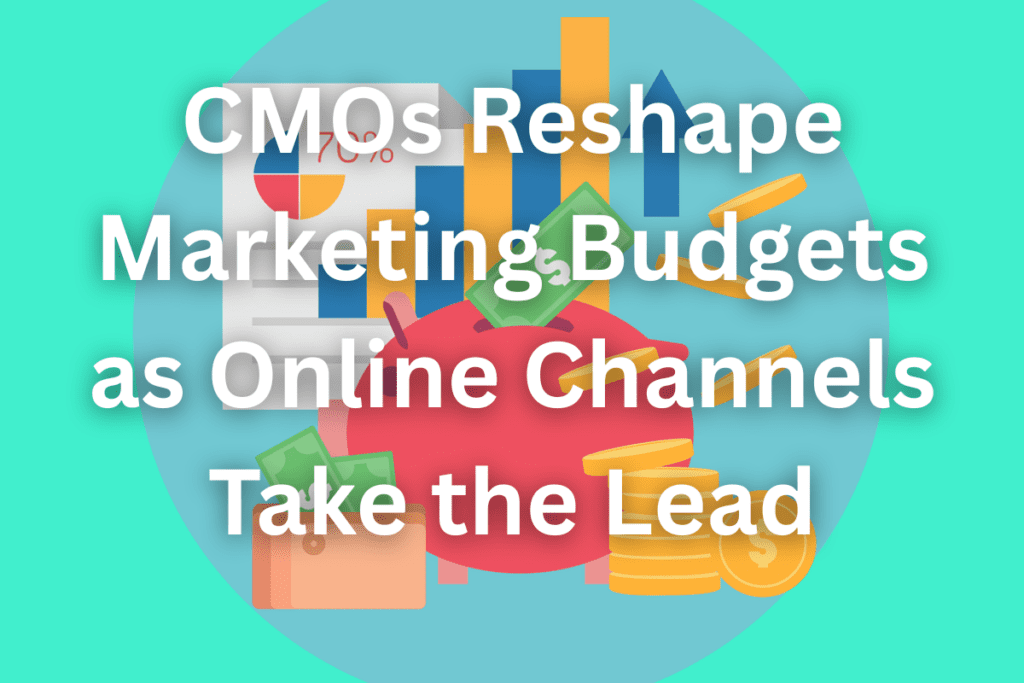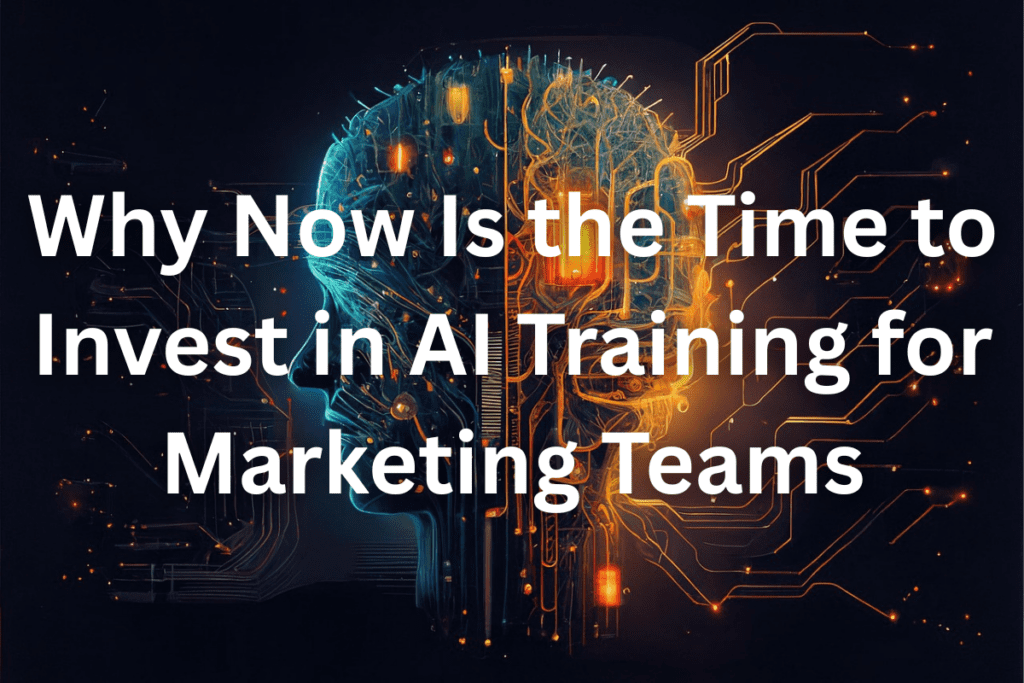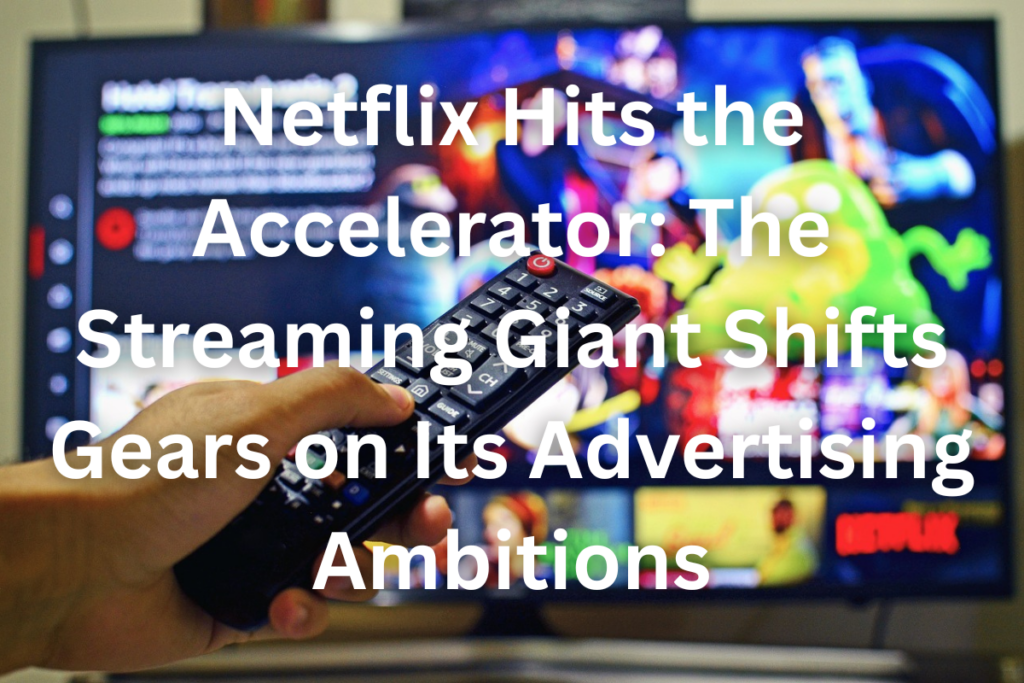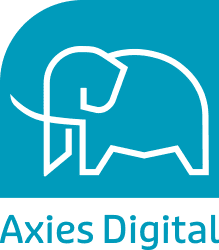The world’s largest creativity festival has issued a stark warning to the marketing industry: brands and agencies are becoming increasingly risk-averse with their creative decisions – and it’s costing them growth.
While bolder campaigns have long been celebrated for capturing hearts and minds, today’s marketers appear more hesitant than ever to embrace creative risks. The result? A worrying decline in long-term brand performance.
According to a newly published report presented at the festival, the reluctance to pursue bold, unconventional ideas – those that challenge norms and engage audiences in fresh, unexpected ways – is stalling brand innovation.
This creative inertia is not just a cultural concern; it has tangible business implications.
The Numbers Don’t Lie: Creativity Drives Profit
Outside data reinforces the argument that creative risk-taking is a cornerstone of business success.
Insights from WARC and Kantar reveal that brands willing to push creative boundaries achieve profit margins four times higher than those that don’t. Similarly, Deloitte found that companies with a greater appetite for creative risk are 33% more likely to experience long-term revenue growth.
These figures make a compelling case: playing it safe in marketing is no longer a safe strategy.
Poor Insight Development Is Undermining Innovation
The report highlights one of the root causes behind the risk-averse climate – marketers’ inability to generate high-quality consumer insights.
Over half (51%) of surveyed brand and agency executives rated their ability to develop such insights as poor or very poor. In contrast, only 13% felt they were doing an excellent job.
The reasons? A lack of understanding about what constitutes a good insight, insufficient prioritisation of insight development, and inadequate time dedicated to exploration. In short, many marketers are flying blind – unable to base bold creative decisions on solid foundations.
The report does, however, spotlight a solution: brands with strong agency relationships and more diverse teams consistently produce better insights. Notably, the growing use of Artificial Intelligence has also helped enhance insight efficiency and reduce biases.
Struggling to Respond to the Moment
This insight gap is further linked to another growing challenge: an inability to respond to cultural moments in real-time.
According to the data, 57% of brands find it difficult to act quickly when significant events occur. Only 12% rate their responsiveness as excellent.
This delay is often caused by too many internal approval layers, resource limitations, and lack of confidence in the insights that would otherwise guide a swift and appropriate reaction. The missed opportunity to be culturally relevant weakens a brand’s visibility and relevance in an age where speed is everything.
Recommendations: Break the Bottleneck, Not the Brand
To reverse this downward trend, the report offers several recommendations.
Streamlining internal processes is vital – cutting down the bureaucratic red tape that hinders agility. Furthermore, brands are encouraged to focus on shaping culture rather than simply reacting to it, positioning themselves as leaders in their space.
Equally important is fostering a culture of trust between brands and their agencies, as well as investing in diverse teams and innovative insight-gathering methods.
Leveraging tools such as AI to speed up research and identify trends can empower teams to make confident, calculated creative bets.
Conclusion: Bold Creativity Is Still the Best Strategy
In a world saturated with content, the brands that stand out are those brave enough to break the mould.
The latest research serves as a timely reminder that creative risk-taking, far from being reckless, is a proven driver of profitability and long-term growth. As marketing becomes ever more data-driven, the human element – courage, originality, and cultural intuition – must not be lost.
For brands stuck in a cycle of hesitation, the message is clear: it’s time to move past fear and rediscover the power of bold, insight-driven creativity. Because in today’s market, the greatest risk may be taking none at all.
